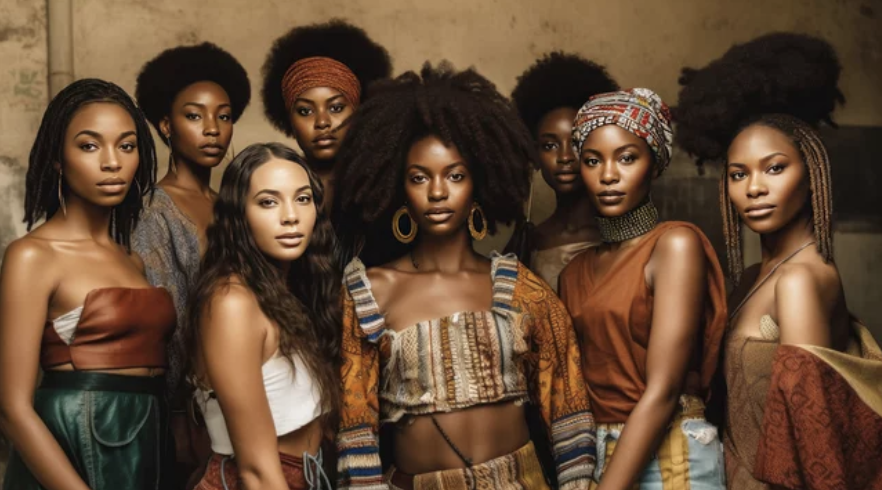
It’s in Our DNA
The marvels of DNA, the blueprint of life, extend beyond the realms of genetic coding to the very structures that define our physical being. The parallel between disulfide bonds in DNA and those in the hair of those with African origins underscores a shared genetic symphony. Both structures rely on the strength and resilience of these bonds for their unique functions – DNA for the preservation and transmission of genetic information, and hair the profound connection between health, spirituality, and holistic well-being. The intricate interplay of genetics in both cases emphasizes the profound connection between our biological makeup and the physical attributes that define our spirituality.
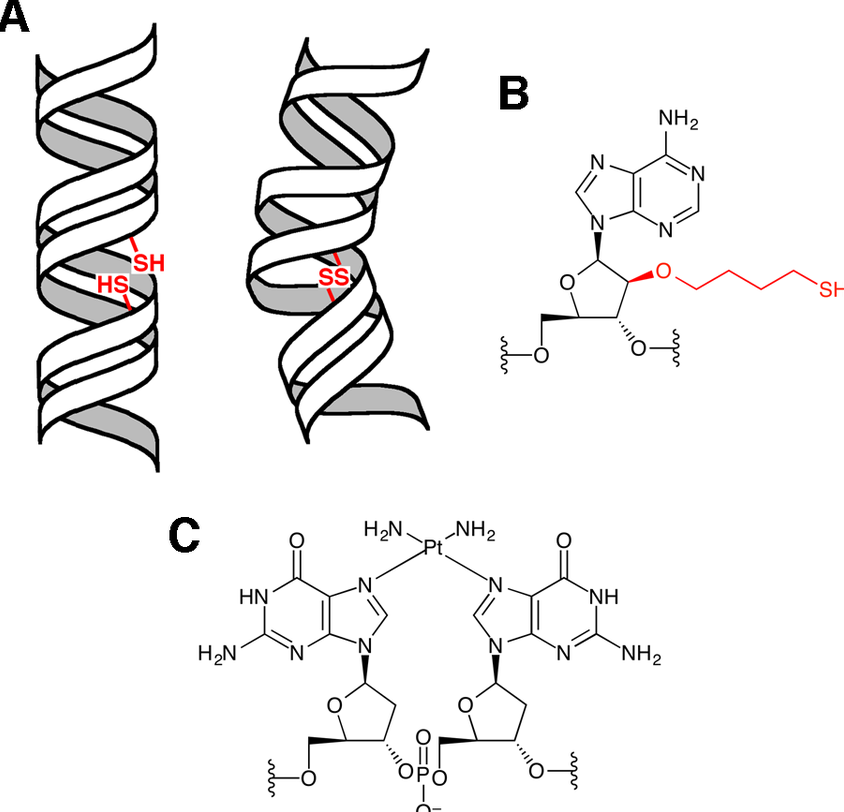
In the DNA double helix, disulfide bonds play a crucial role in maintaining the structural integrity of this fundamental genetic molecule. These bonds form between sulfur-containing groups on two cysteine molecules, creating a strong linkage that contributes to the stability of the DNA structure. This stability is vital for preserving the genetic information encoded in the sequence of nucleotide bases, ensuring the faithful transmission of genetic instructions from one generation to the next.
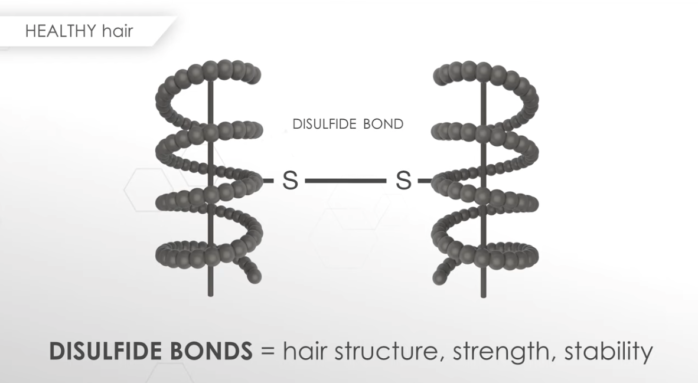
Much like the DNA double helix, the structure of African hair relies on disulfide bonds to create a helix curl pattern. In the context of hair, these bonds connect the sulfur atoms within cysteine amino acids, forming a robust linkage that determines the curl pattern and overall texture of the hair. The coiled nature of African American hair is a result of these disulfide bonds, creating a unique and resilient structure that has evolved over generations.
The intricate structure of African hair is a testament to the fascinating interplay between genetics, culture, and spirituality. This journey takes us through the sympathetic nerves in hair follicles, the ancient symbolism of hair, and the transformative yet potentially damaging effects of hair straightening procedures.
An Extension of Our Nervous System
Hair is a dynamic and intricate extension of our nervous system, intricately connected to our thoughts, experiences, and the very essence of our being. The revelation that hair is more than just a physical feature but a conduit for transmitting vast amounts of information to our brainstem, limbic system, and neocortex underscores its profound role as an externalized sensory organ.
At the base of each hair follicle lies a network of sensory nerve fibers, forming a complex web around the hair bulb. This network is not merely a passive observer; rather, it is an active participant in our sensory experiences. When a hair is bent or moved, the nerve endings surrounding the hair bulb are stimulated, allowing us to feel and perceive the slightest changes in our external environment. In this way, our hair becomes a physical extension of our thoughts, prayers, dreams, aspirations, experiences, and history.

The hair plexus, a specialized group of nerve fiber endings, serves as a highly sensitive mechanoreceptor for touch sensation. Forming a network around each hair follicle, the hair plexus acts as a receptor, sending and receiving nerve impulses to and from the brain in response to the movement of the hair. This intricate network not only registers physical stimuli but also becomes a conduit for the transmission of emotional and experiential information from the external world to our inner selves.
In a holistic understanding, hair emerges as more than just strands of protein; it is an externalized expression of our nervous system. Often described as ‘feelers’ or ‘antennae,’ hair functions as a sophisticated receptor, constantly transmitting information to different regions of the brain. This sensory input contributes to our overall awareness, creating an interconnected system where external stimuli become an integral part of our internal cognitive and emotional processes.
The developmental stages of hair follicles are closely intertwined with the presence of sympathetic nerves, a vital component of the autonomic nervous system. As hair follicles go through different stages, sympathetic nerves converge, creating stable connections with hair follicle stem cells. This intricate dance, akin to a synaptic connection, emphasizes the importance of the nervous system in regulating the growth cycle of hair follicles.
The distribution of sympathetic nerves in hair follicles further underscores the connection between the growth cycle of hair and the activity of sympathetic nerves. This symphony of signals plays a crucial role in regulating the physiological processes associated with hair development, linking the external world to the intricate internal workings of our bodies.
In essence, the revelation that hair is an extension of our nervous system transcends the conventional understanding of hair care. It beckons us to appreciate our hair as a sensory organ, an active participant in our experiences, and a conduit for the transmission of information that goes far beyond the realm of aesthetics. As we care for our hair, we nurture not only its physical health but also acknowledge its role in our holistic well-being and the intricate dance of mind, body, and spirit.
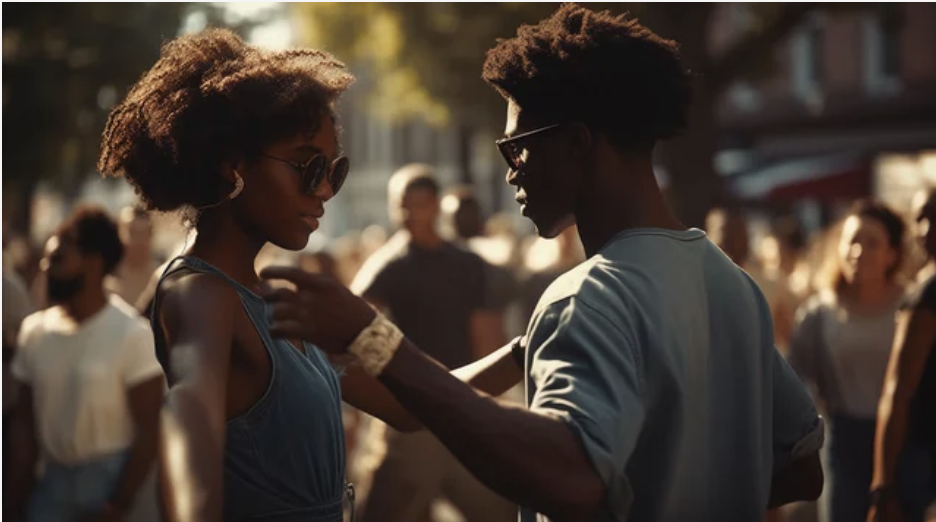
Ancient Wisdom Modern Realities
The cultural significance of hair in the African community goes beyond aesthetics; it is intertwined with a sense of self and a connection to ancestral wisdom. Our ancestors intuitively grasped the link between hair, health, and spirituality. Their reluctance to voluntarily cut their hair stemmed from a deep understanding that short hair was historically a symbol of slavery, shame, defeat, and a loss of power and identity.
The modern cutting of disulfide bonds involves the practice of hair straightening, with the earliest procedures involving the application of petrolatum-based oils combined with hot irons or combs. This temporary straightening process aimed to manage coarse hair but came with a profound historical context. In modern times, chemical relaxers offer a permanent breaking and rearranging of disulfide bonds in the hair’s cortex. However, this seemingly transformative process has inherent risks, with potential consequences for both hair and scalp health.
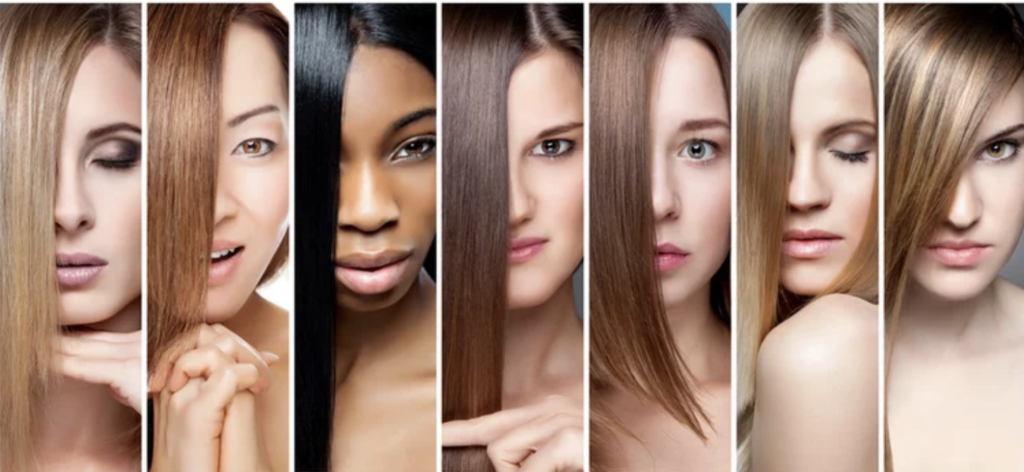
Chemical relaxers work by cleaving disulfide bonds in the hair’s cortex, altering the structure of keratin molecules. This process, while providing the desired straightening effect, can lead to irreversible damage. The effects may range from surface attributes such as smoothness and shine to alterations in the core texture and mechanical properties of the hair fiber, but the damage caused by cosmetic or environmental factors is irreversible.
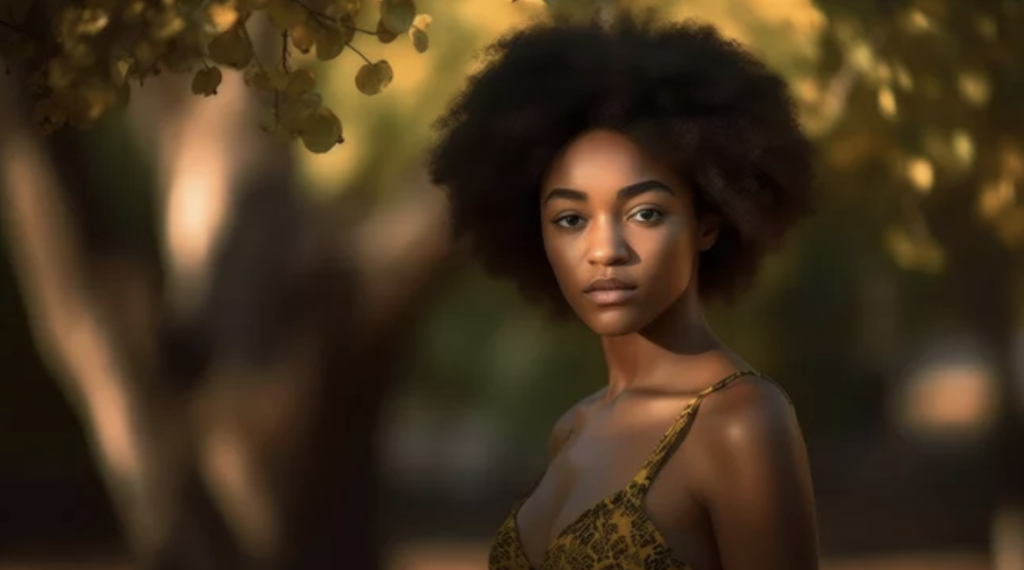
Understanding the genetic underpinnings of the African hair structure invites a contemplation of the profound link between genetics, culture, and spirituality. From the ancient symbolism of hair to the modern practices of chemically altering the DNA of our hair, each choice has implications that extend beyond mere aesthetics. The stability of DNA bonds speaks to the endurance of genetic information through generations, while the adaptability of hair bonds reflects the capacity for transformation and diversity within a single lifetime. In this shared genetic symphony, the understanding of disulfide bonds invites us to respect the delicate balance between preserving our inherent traits and embracing the transformative possibilities encoded in our DNA. It is a reminder that the strands of our hair, like the strands of our genetic code, carry the echoes of our past and the potential for a beautifully diverse and resilient future.
Leave a Reply